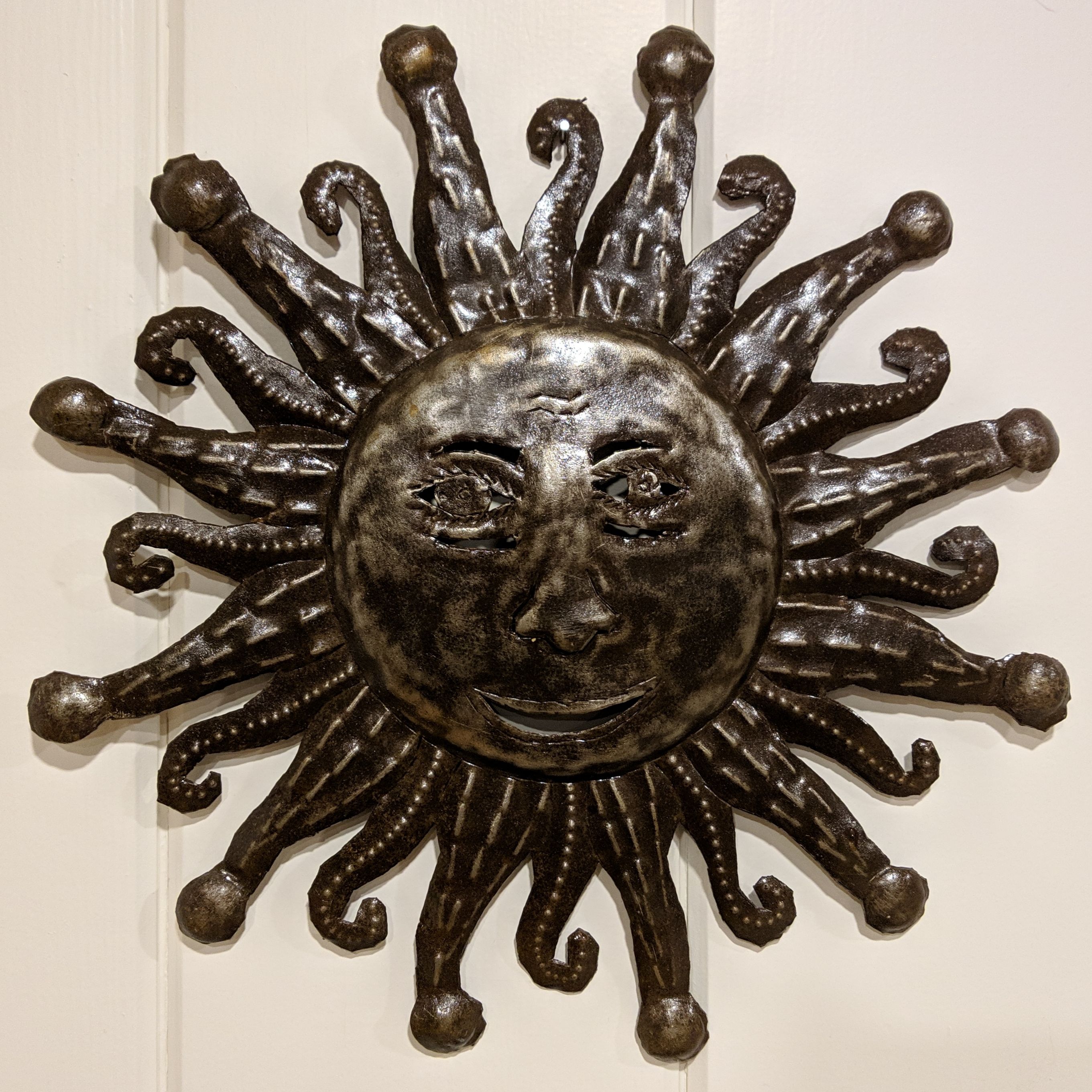I’m reconfiguring my printing closet (~6’x6’) for a new printer and thought about enclosing the printer in a moderate sized cabinet (~2’x3’x6’ - one “shelf” of the closet) for thermal control. Since there will be inevitable opening and closing, as well as just normal infiltration of the ambient air (usu ~65F between 40-75% RH) it would seem like a good application for a Peltier dehumidifier to keep the RH in the chamber low and reduce my need to re-dry filament which has been on the machine during (inevitable) multi-day or -week downtime between projects.


Peltier units are solid state heat pumps with awful efficiency. Where power consumption is not an issue, It is significantly cheaper to simply get a normal resistive heating dehumidifier, as the additional heating efficiency of a Peltier operating at 0.6 COP is not worth the upfront investment.
Small heating box dehumidifiers are a bit of a misnomer too. All they do is heat the air so it’s relative humidity is lower since hot air can hold more water. The amount of water does not change. However for most environments this works OK. Only units with full refrigerant pumps inside that can cool the air to its dew point, condense the water out, then warm it back up are true dehumidifiers.
Small correction: Did you mean 0.06 COP? 60% efficiency (0.6 COP) at room temperature is impossible. 6% would be about right. Some of the Pelletier coolers are operating at just 1-2%.
Huh? Running it backward as a thermoelectric generator is low efficiency (Carnot limit) but the efficiency pumping heat from e.g. freezing to room temperature isn’t that awful. Picking some completely random model from DigiKey, if the hot side was at 27c/80f, and you wanted the cold side at 0c, 2.4 amps at about 7V (16.8W input power) would let you remove about 15W from the cold side with a deltaT of 30c (i.e. the cold side at -3c/27f) per the graphs on page 5. That’s a COP of about 0.9 for cooling. You’d need to remove about 30W from the hot side.
In practice, cooling the hot side is difficult so you might instead use the Th=50c graph, at which point 2.4A @ 8v (19.2W input power) would give 3-4W cooling power with the cold side at 0c, for a COP of about 0.18. But nowhere near your numbers.
If you put some decent thermal mass on the hot side and operated intermittently, as long as you drained the condensation, you could get closer to the Th=27c performance.
I have some TE modules that run at 10W or so and can cool 250mW at I think -50°C to -70°C so they can be awful.
You’re thinking of carnot efficiency power cycles where you are removing energy from a fluid, maybe? I meant exactly what I said with their COP.
Refrigeration/heat pump cycle COP’s can be all over the place. Often they are much higher than 1.0. Where a refrigeration cycle’s COP is calculated as Q(cold) / Work(electrical), many heat pumps can move more watts than they take to run. TEC’s are no exception.
TEC’s in particular are especially sensitive to the total temperature differential between hot and cold plates when it comes to COP. They hate making temperature differentials much higher than 30-40 kelvin. Most efficient when the temperature delta is like 10K or less. COP 0.6 is about typical for a TEC running across the fairly large temperature differential that you would need to get air down to dew point and condense water, at a high current required to make the TEC’s cost effective. Example graph of COP vs temperature differential
I don’t think the efficiency is a big deal; you’d only have to run the peltier intermittently (e.g. each time you open the box) as long as you can drain the condensation somehow and it’s otherwise well-sealed. I’ve idly pondered OPs idea myself and I think it’s not a terrible way to dry a box. You avoid the consumables or need to recharge your dessicant materials.
Yeah, intermittent operation based on RH% would probably be okay as far as power consumption goes. But at the same time, do you really gain anything in terms of performance and cost vs just resistance-heating the box up warm enough that the RH% drops below 30, and then cycling air in and out once in a while?